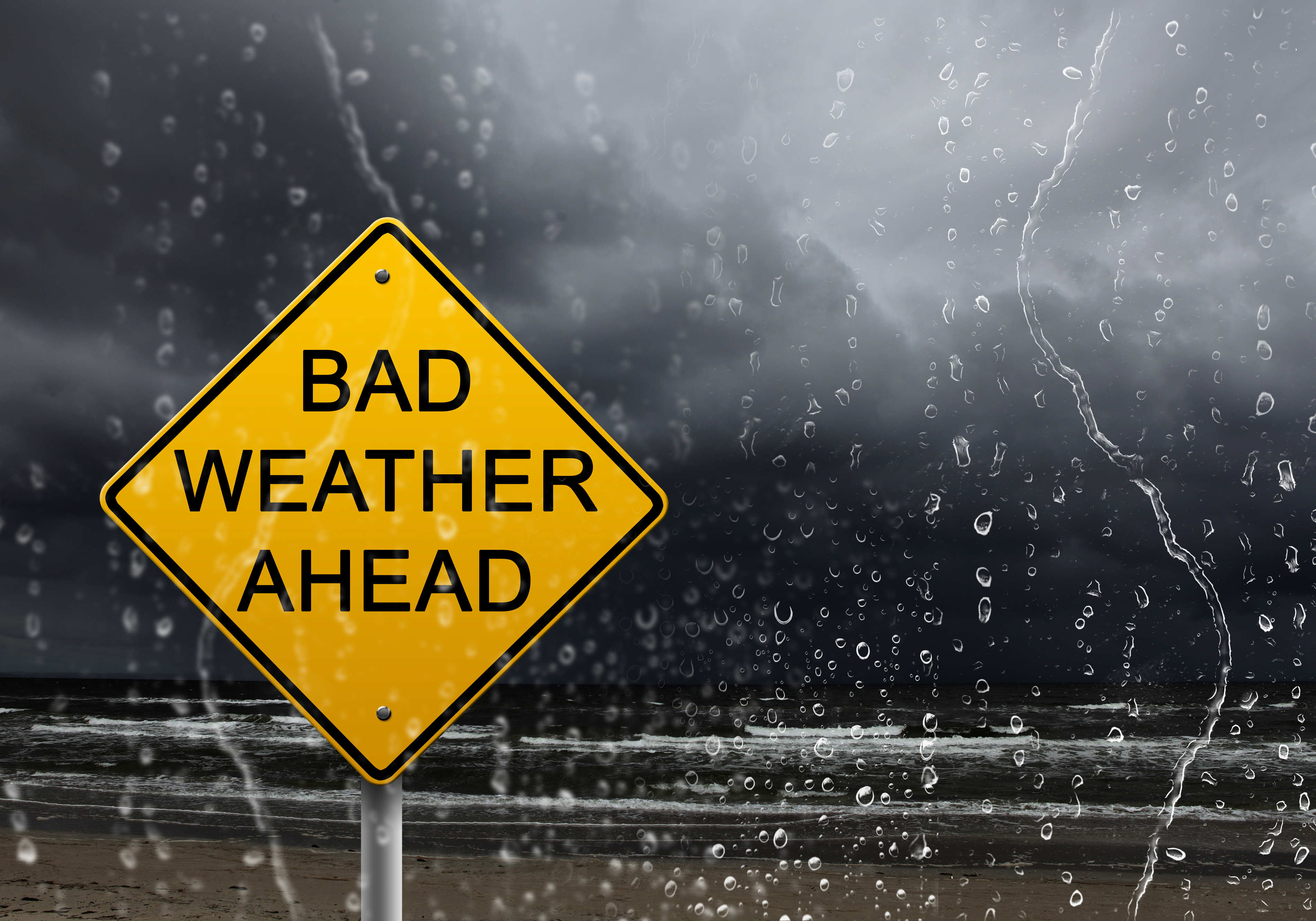
BAD WEATHER AND EMERGENCIES: BE PREPARED, BE SAFE
 Severe weather and emergencies such as earthquakes can cause great physical damage and it also often creates health risks due to a loss of power, clean water and other necessities. Food can become difficult to store or cook safely, drinking water hard to come by and homes difficult to heat. More people are poisoned by carbon monoxide and diseases spread more easily.
Severe weather and emergencies such as earthquakes can cause great physical damage and it also often creates health risks due to a loss of power, clean water and other necessities. Food can become difficult to store or cook safely, drinking water hard to come by and homes difficult to heat. More people are poisoned by carbon monoxide and diseases spread more easily.
Power Outage at a Food Establishment Guidelines
Carbon monoxide: Carbon monoxide is an “invisible killer” that cannot be seen or smelled and can kill a person in minutes.
Cold weather and winter storms: Winter storms can range from moderate snow over a few hours to blizzard conditions with blinding, wind-driven snow or freezing rain that lasts several days. The time to prepare is before the snow falls or ice forms.
Emergency communication plan: Learn what an emergency communication plan is and why you should make one. It also provides tips and templates on how to make a plan.
Emergency supply checklists: You should be prepared to take care of yourself and your family for at least three days after a severe weather event.
Floods: What to do before and during a flood.
Food safety: Power outages may mean your refrigerator, stove, or microwave cannot work. When food is not kept cold or is not fully cooked the food can make you sick. More than 250 diseases can be caused by bacteria found in contaminated raw or undercooked food, such as meat, milk, eggs, fish, or shellfish. Keeping these foods cold and cooking them will help prevent foodborne illness.
Refrigerated Food and Power Outages: When to Save and When to Throw Out
Frozen Food and Power Outages: When to Save and When to Throw Out
Generator safety: Safe generator use during a power outage
Home Emergency Preparedness: After a disaster, you and your family should be prepared to be on your own for at least three days.
Landslides and mudflows: information and resources
Power Outages: Information to help you prepare for power outages, and tips to keep you safe during and after a power outage
Purifying your drinking water during an emergency: In an emergency situation where regular water service has been interrupted – like an earthquake, flood, or water pipe breakage – local authorities may recommend using only bottled water, boiled water, or disinfected water until regular water service is restored, or private wells/small public water systems can be disinfected.
Toilet use during an emergency: If your toilet won’t flush, you don’t have water to flush with, or your sewage system isn’t working, you’ll need an alternative way to go to the bathroom.
Using your smartphone during an emergency: Your cell phone can be an emergency tool.
- Keep it charged
- Store emergency numbers in your cell (and keep a list of important numbers in a safe place, too)
- Text often works when voice doesn’t
Windstorms: Take steps to you can save lives and reduce the damage caused by windstorms and other weather-related hazards.
Partner Resources
Kitsap County Inclement Weather and Emergency Page
Kitsap Department of Emergency Management
Sign-up for Kitsap DEM alerts and warnings
Washington State Department of Emergency Management
Preparedness Topics from A-Z
Washington State Department of Health
.
